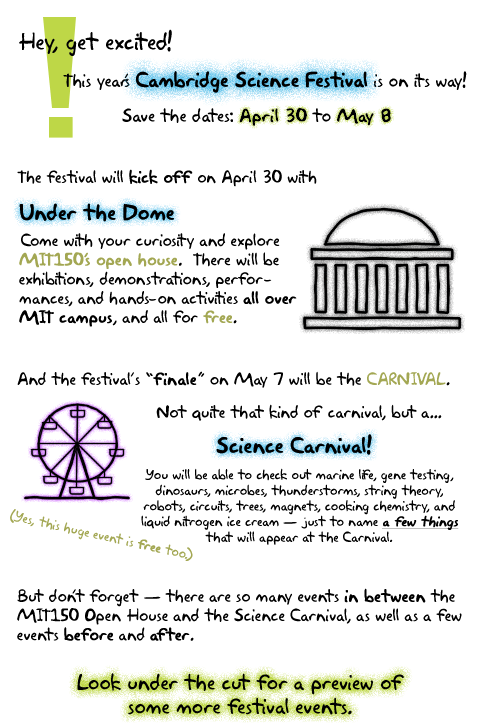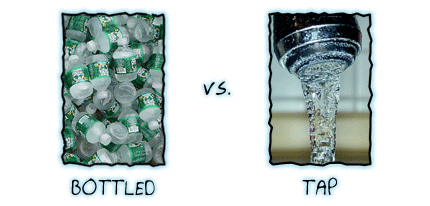 |
| Harvard Microrobotics Lab’s Robobees, MIT Personal Robot Group’s Dragonbot and Olin Robotic Team’s Damn Yankee |
Okay, there are no trained horses and probably no clowns, but you can walk inside an inflatable gray whale and a 300,000-times-scale model of a human white blood cell at the Carnival. You can also check out demonstrations of everything from deriving your own DNA to 3D-printing your own trinket and from superconducting magnetic levitation to walking a glider.
But be sure to save time for the Robot Zoo, which will draw a diverse population of robots and their builders.
You can elbow your way through the crowds in the Zoo to find the pioneering firm iRobot and a few of what it describes as its “cool, practical” robots. You can watch videos of robots at work, as in the exhilarating demo reel from Above Summit, a “drone-focused multimedia production studio”. Or you can cheer on robots themselves at play, and chat with their builders at educational groups such as US First Robotics and Play-Well TEKnologies.
Moreover, you can talk to researchers who are building strange and wonderful new robots.
Among them, some of the most ambitious projects are underway at MIT's Personal Robots Group, which will bring kid-friendly research robots. Dragonbots are intriguing little animals stuffed with clever electromechanical parts and an Android phone that acts as a brain and presents a face to the world. “Tega is a new robot platform designed to support long-term, in-home interactions with children, with applications in early-literacy education from vocabulary to storytelling,” says the group. Tega incorporates a camera, the ability to run on batteries for up to six hours, and even higher levels of cutely anthropomorphic behavior than its predecessors.
You'll find a different set of tough robot design challenges under the tall blue sails of the Damn Yankee, a two-meter-long model for the Olin Robotic Sailing Team’s quest to build an autonomous sailboat that eventually can voyage across the Atlantic Ocean. “You can tell this guy where to go and it will go there—give it a GPS coordinate and it determines everything else,” says co-team-leader Amanda Sutherland. Olin College's student-run team is now modifying a small daysailer with technologies tested on the Damn Yankee, and aiming to send the boat across Massachusetts Bay from Gloucester to Provincetown this fall. “The point is to prove that sailing is a robust enough platform to be used for sustainable research on the water,” says Sutherland.
“We also hope that our program will get more people in elementary schools and middle schools excited about working in teams,” she adds. “You can pull together everybody’s skills so you end up with something awesome.”
Harvard’s Microrobotics Laboratory “makes robots in ways that other people don’t necessarily think of making robots,” including printable robots and robots made of soft materials, says graduate student Michelle Rosen. “That raises the question, what is a robot? I like to ask that question to visitors at our booth, which is interesting to them and to me.”
Maybe most engagingly at the Zoo, the lab will show its insect-inspired, insect-size robots, which eventually may swarm in with sensors that aid in search and rescue or other tasks in challenging environments. Look for the flapping-wing Robobee, the beetle-like Harvard Ambulatory MicroRobot and a centipede-imitating millirobot. Look closely, because they are tiny. “It's exciting for kids to actually touch and get close to these robots,” says Rosen.



